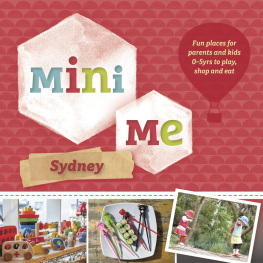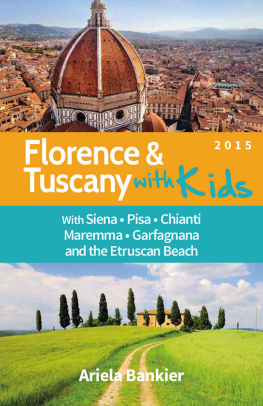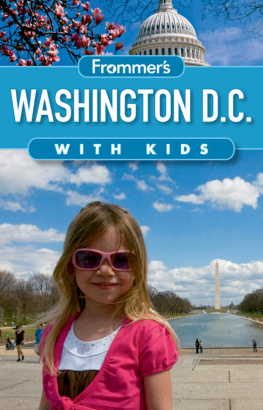
Photos
All Images Shutterstock Images LLC
St. Patricks Day tradition of dyeing the Chicago River green
Landmark Theater Sign
On the river in Chicago
Old Bus Feng Yu (top); Buckingham Fountain (bottom)
Childrens Museum
Kids playing in the fountain in Millennium Park
Navy Pier
Chicago-style deep dish pizza
Boy behind big lollipop
Girl eating spaghetti
Hot dog, fries, soft drink (top); Little girl eating (bottom)
Little girl eating ice cream
Buildings seen from street level
Tulips in bloom on Michgan Avenue
Chicago skyline at night with fireworks

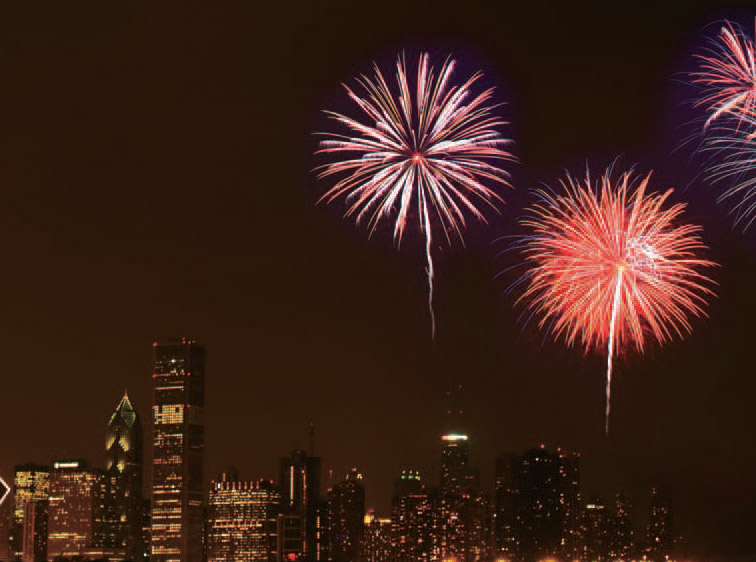

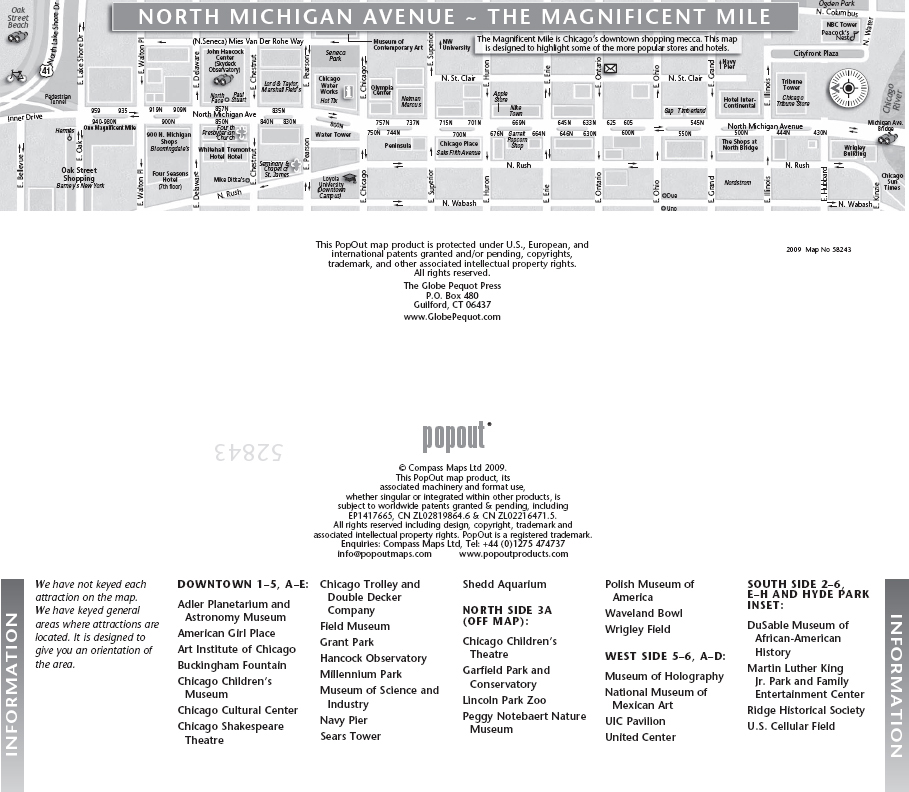

Be a Kid Again
W here does one start in describing the city of Chicago? Theres so much to say. Theres the history: the Fort Dearborn massacre of 1812, the incorporation of the city in 1833 with a white population of 150 and the subsequent ouster of more than 3,000 indigenous Indians, the industrial expansion in the mid-1800s that created the Union Stock Yards and the Chicago Board of Trade, Mrs. OLearys cow and the Great Chicago Fire of 1871, the Worlds Columbian Exposition of 1893, Al Capone and the gangster era of the 1920s, race riots throughout the 1900s, the political empire of Mayor Richard J. Daley. Theres the architecture: risen from the ashes of the Great Chicago Fire by pioneers who created the Chicago School, it today includes what we Illinoisians consider the worlds tallest building (the Sears Tower) and other skyscrapers that make the downtown skyline one of the most distinctive in the world, especially since the lakefront has been deliberately spared from development so that everyone may enjoy the beauty of its parks and beaches. Theres the culture: an ethnic mixture that includes the largest Polish population of any city outside Poland, plus descendants of wave after wave of immigrants from Europe, Africa, Asia, and Latin America, giving the city a vitality in music, art, and food that few other places can match. There are the sports: professional baseball, basketball, football, and hockey teams. Its no wonder that singers have made the city famous as Sweet Home Chicago and My Kind of Townwhatever youre looking for is probably here.
Using this Guide
Are We Almost There? is a handy, pocket-sized resource of the top attractions for kids in Chicago. Dont forget to toss it in your bagyoull find the Popout map to be invaluable as you trek across the city with the kids! We intentionally did not suggest itineraries in this guide. You need to decide where and when to go based on your familys different tastes and the age(s)and staminaof the kids.
Here are a few general guidelines to keep in mind before you set out. First, always call ahead to double-check that what you want to see is still there; some places may change location or shut down between the time this guide goes to print and the time you want to visit. For family travel its safest to stick with chain hotels and motels and to make your reservations in advance. This guide places special emphasis on properties that have a swimming pool, because this amenity tends to keep the kids happier and gives them a place to burn off some of the energy that built up during the trip getting there (though we do mention if there is no pool). In a similar vein, most of the restaurants mentioned are geared toward middle-of-the-road tastes: buffets, burgers, pizza, and meat-and-potatoes sorts of places. One last note: When admission to an attraction is by donation, you can usually gauge what the real expectation is by whether a specific dollar amount is suggested. If it is, youll be more comfortable if you plan to pay that amount; if not, theyll be grateful for whatever you give.
For more information contact the Chicago Convention and Tourism Bureau, 2301 South Lake Shore Drive, (312) 567-8500, www.877chicago.com.
Rates
Dollar symbols are used throughout the guide to provide an idea of the cost for attractions, restaurants, and accommodations.
Rates for Attractions
Dollar signs represent the cost per person for admission, not including tax, or the average cost of the activity. If no dollar sign is indicated, the attraction is free or donations are accepted.
| $ | less than $5 |
| $$ | $5 to $10 |
| $$$ | $10 to $20 |
| $$$$ | over $20 |
Rates for Restaurants
Prices represent the cost of a single adult dinner entree, not including tax or tip. Total cost will vary depending on type and quantity of additional food and beverages ordered, such as appetizers, desserts, coffee, or wine. Lunches are usually cheaper than dinners.
| $ | most entrees less than $10 |
| $$ | most entrees $10 to $15 |
| $$$ | most entrees $15 to $20 |
| $$$$ | most entrees over $20 |
Rates for Accommodations
Prices represent the cost of a room with two double beds for one night. Most lodgings offer a range of pricing options based on the size of the room and the amenities. Prices do not include taxes, parking, phone usage, room service, or any other added-on costs.
| $ | less than $50 |
| $$ | $50 to $75 |
| $$$ | $75 to $100 |
| $$$$ | over 100 |

Lay of the Land
Getting to Chicago is no problem; there are so many choices. If you live in the suburbs, you can enjoy a comfortable ride in on a commuter train; the Metra rail system has about a dozen lines radiating outward from the city in all directions. You can reach Chicago from as far out as Fox Lake, Harvard, Elgin, Elburn, Aurora, Joliet, or University Park. For schedules, fares, and other information, contact Metra, 547 West Jackson Boulevard, Chicago 60661; (312) 322-6777; www.metrarail.com. The downtown Metra passenger terminal, officially called the Richard B. Ogilvie Transportation Center and formerly the Chicago and Northwestern Station before Union Pacific took over, was remodeled in the early 1990s and today is an eye-catching gray-blue architectural work of glass, steel, and marble. The food court on the lower level rivals that of many shopping malls, and there are useful stores on the upper level where you can grab a newspaper and a cup of coffee, get your shoes shined, or buy flowers, candy, or other gifts.


